Roughly in the middle of the peninsula of Athos and on its northern side we find Karyes, the amphictyonian center of the monastic state. This settlement is built in a verdurous environment. Its prime reference point is the church of Protaton, dating from the 10th century, the icon of Axion Esti and Panselinos’ frescoes, the tower of the church, the building of the Holy Community, nineteen houses (delegacies) of the monasteries, for all of them except for the one closest to Karyes, the monastery of Koutloumousio. Here one can also find the Governor’s building, subsumed to the Greek Ministry of Foreign Affairs (http://www.mfa.gr/ ), a Police Station, an Infirmary, Post and Telegram Office, a tailor shop, a bookstore, groceries and other shops and workshops. There are more than 50 cells in the greater area of Karyes, many of which are of particular historic importance, such as that of the Ravdouhos, a cell dating from the 10th century, and of Fournas. Karyes were founded in the 9th century when many monks moved in the area establishing Lavra in Karyes. Lavra in Karyes was acknowledged the first amongst all monasteries at that time and its Prior was named Protos (the First) in the Holy Mountain. During the Ottoman rules and dictated by the prevailing conditions most of the land and attachments of Lavra in Karyes and Protos were transferred to the other monasteries on Mt. Athos. Today these institutions are preserved in the form of the Holy Community and Holy Administration, led by the Head Custodian. The monks constituting the Holy Community are the representative of the twenty monasteries – and reside in Karyes.
-
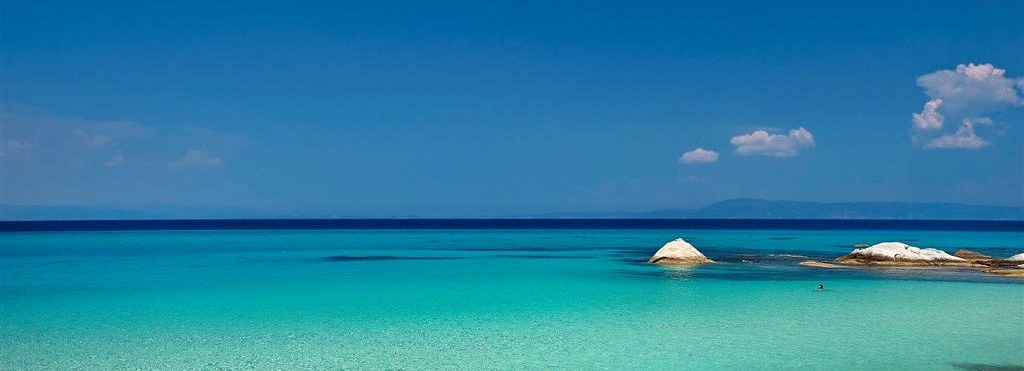
Panhellenic Federation of Holiday Rooms and Apartments in Halkidiki 'Aristoteles'
-
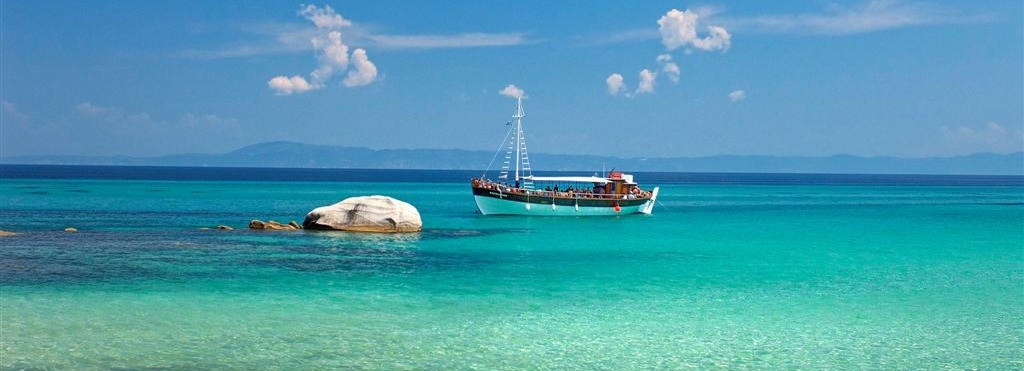
Halkidiki - Rooms, Studios, Apartments
-
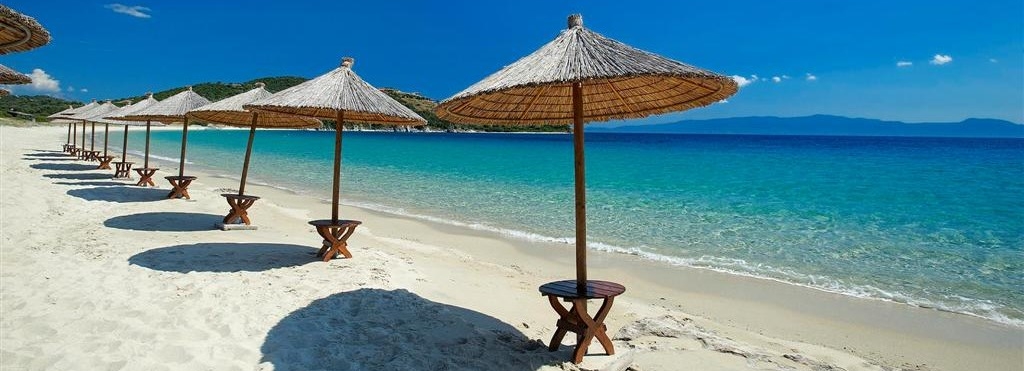
Get inside your Dreams
-
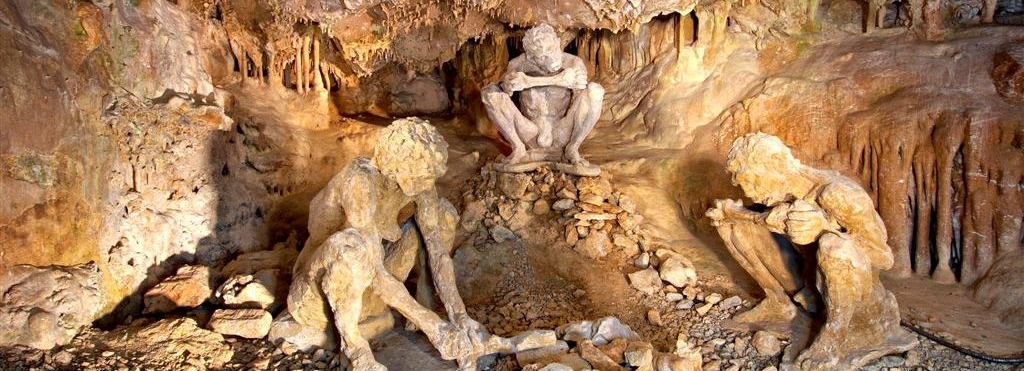
-
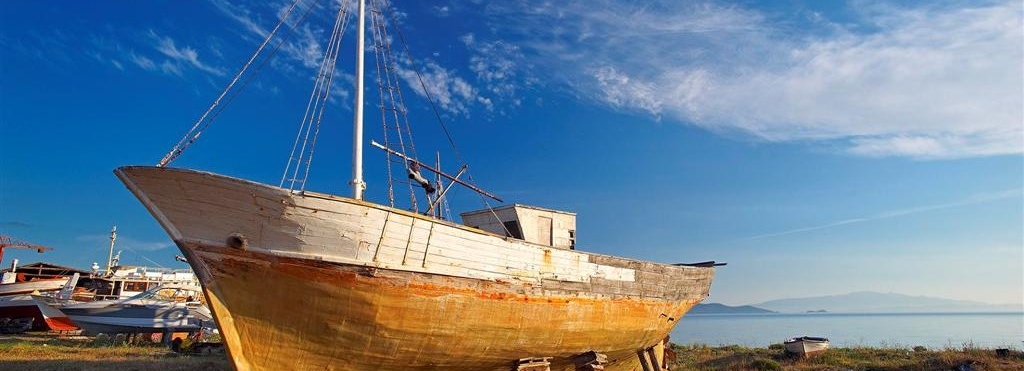
-
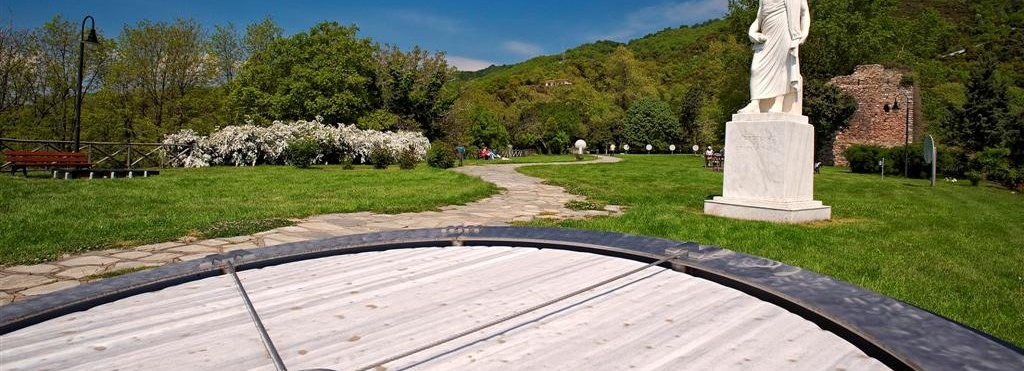
›
‹
- 1
- 2
- 3
- 4
- 5
- 6

